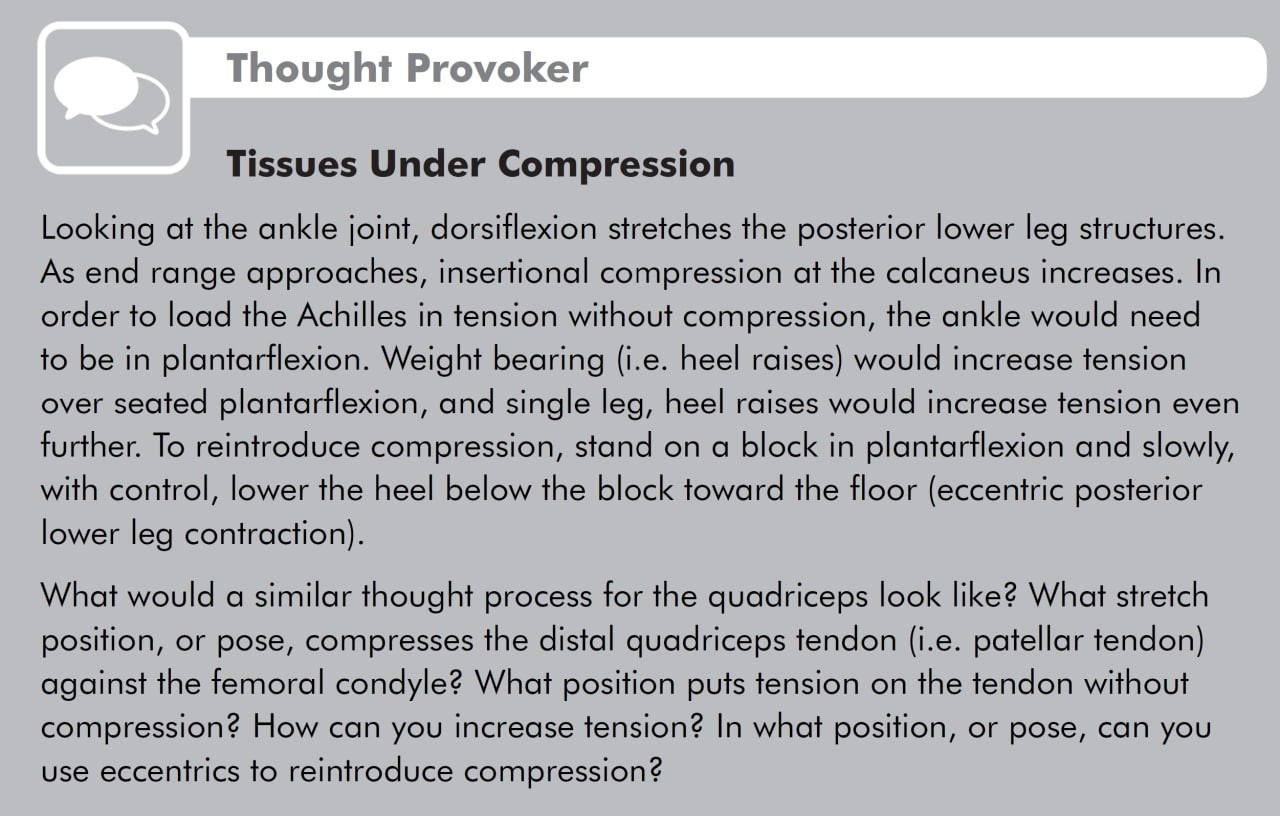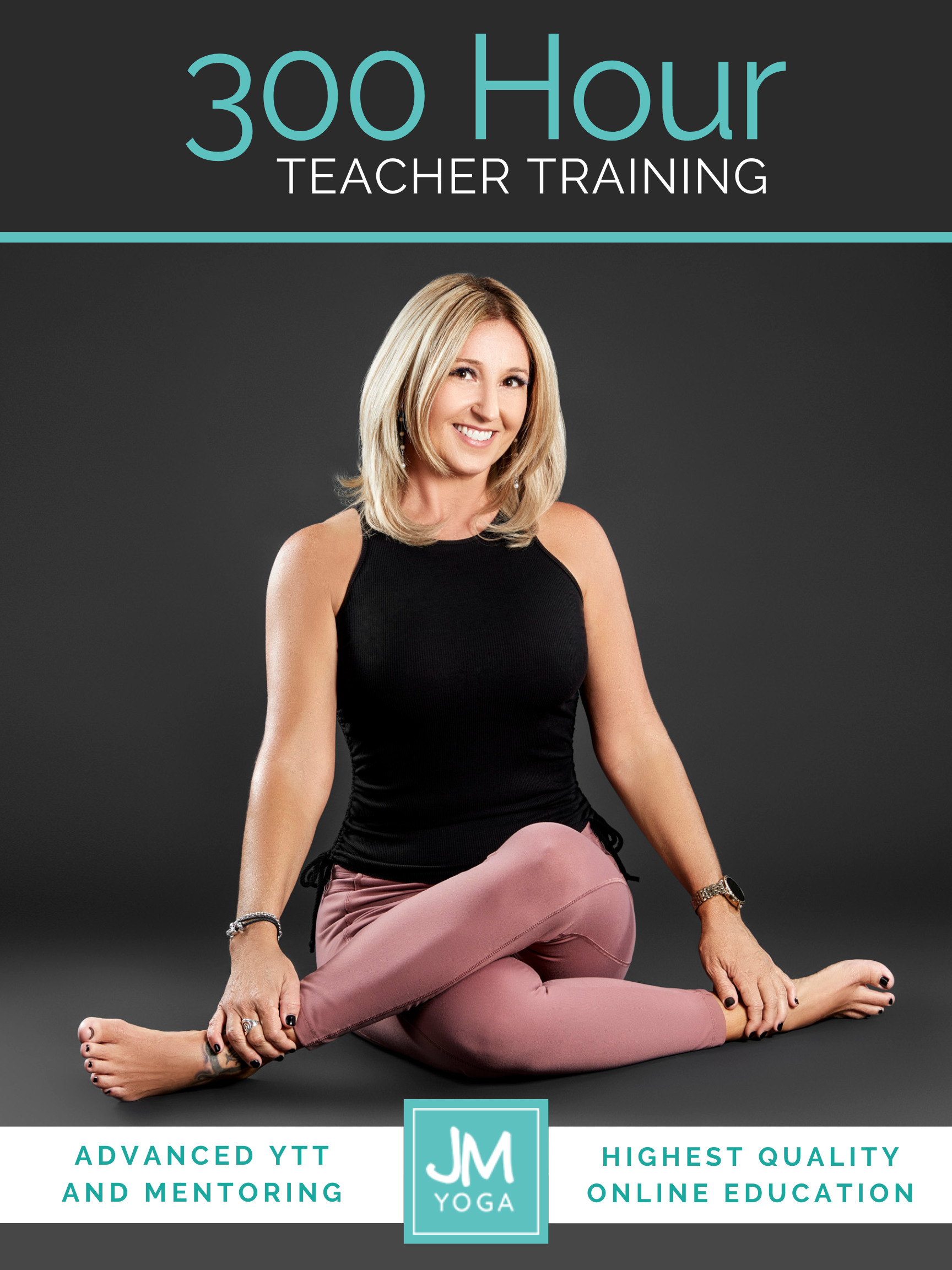I’ve been doing a lot of teaching and even more mentoring during this last year. Seriously, the number of one-on-one and small group zoom calls I have each week is staggering. Hey, I’m not complaining. I actually find these calls to be one of the most rewarding aspects of my work.
Rewarding for me personally, but also for you, on the other end of the line.
You see, it’s a chance for you to be vulnerable, for you to share with me what you didn’t understand. You get to make mistakes with your conclusions and share with me your fumbles when trying to apply advanced concepts to your teaching.
What’s coming up for me through these conversations is how most teachers are used to the type of continuing education that they can quickly repeat. They learn a cool new approach to a series of poses on the weekend and then teach it on Monday. If it’s any good they’ll keep teaching it. If not, they’ll be back to their regular approach by Friday.
What you learn from me, however, isn’t for you to show off to your class on Monday. In fact, it might make you a little uncertain on Monday.
- “Why do I always say that?”
- “Do I even know what that means?”
- “I want to talk about how tendons have cells and are adaptable but what does that have to do with downward facing dog?”
- “How do I convince these people that strength and flexibility aren’t opposites while I’m trying to lead them through a flow?”
- “What am I doing? Who am I? Is this what they mean by an existential crisis?”
- Sound like a familiar silent voice in your head? Yeah, I thought so.
You see, the difference here is that you’re learning, not just adding to the list of stuff you know.
You’re learning extremely complex information that dabbles in a wide variety of subjects. Biomechanics means you’re thinking about relationships. Relationships between variables, relationships between forces in chemistry and physics, relationships between pain and tissue structure.
What you might not realize you’re also learning, however, is your relationship to your students and your role as a teacher. This relationship isn’t something I can teach you with a script or with the creative use of a prop. This relationship requires you to problem solve, to listen, to not show off all your knowledge with your words. Instead, you show up, be supportive, be encouraging, and be selective about how much you talk.
Your students are trusting you to lead them through their practice. They already know you know stuff. You don’t need to prove it to them.
Recently, I used an analogy on a one-on-one call. You don’t hire an accountant and expect them to explain the intricacies of the tax law to you. You just want (and trust) their advice on which box to check so you can go back to your families, careers, etc. Students are practicing with you because they trust you to guide them through their practice. They don’t (usually) want the details of viscoelasticity or the technical definition of stiffness. Likewise, if their hip hurts in a certain pose, they don’t (usually) want a rundown of tissue mechanics and pain science, they just want your expert advice on how to get that hip feeling awesome during their practice.
All that education and all that learning are what gives you the confidence to not need to explain how much you know.
I always say the education I provide doesn’t happen during the actual course. It unfolds slowly over the next 6-8 months as you figure all this out. There’s no rush, no need to overshare, and no need to change how you teach on Monday.
Just show up on Monday and be a little bit more confident in the fact that you know what you’re doing and your students are all here for it.

What do you think?
This week’s Thought Provoker is from my book, Chapter 5, page 152. It is a Thought Provoker that often gets asked about in my online Book Club. I chose it for this email because I think it’s a perfect example of the narrative in this email.
Chapter 5 is really about applying the information about connective tissue (CT) mechanical properties you learned in Chapters 3 and 4. It also relies on some concepts introduced in Chapters 1 and 2, and assumes you were taught applied anatomy basics in your previous trainings. In order to work through the Thought Provoker, you’ll want confidence in the following areas:
- Compression and tension, biomechanically speaking (Ch. 1)
- Load progressions (Ch.1)
- Types of stretching (Ch. 2)
- Eccentric contractions (Ch. 2)
- All muscle contraction types in relation to the direction of resistance (previous anatomy education)
- Length of target tissues relative to specific joint angles (previous anatomy education)
- Asana (previous yoga education)
- Relationships between stress and strain (Ch.3)
- Changes in CT arrangement and composition (Ch. 4)
- Capacity (Ch. 5)
Why this is so pertinent to today’s email is that you would never explain all these bullet points to a student whose anterior knee was giving them problems in Chair Pose. By doing the work to really understand the above concepts, you become extremely confident in suggesting specific modifications and progressions that could promote long-lasting adaptations. You would have an arsenal of Chair Pose suggestions along with the reasons for each in your back pocket.
This is not the same as repeating that shifting your weight back in Chair Pose is “safer” for the knees, or trying out a cool new theraband variation you learned in a weekend course without really grasping the mechanism at play or why you’re offering it.
I don’t teach you what to teach your students, I teach you how to teach your students.
For those who want to be more confident in the first seven or eight bullet points above please join me for any of my weekend offerings, Teacher Training, or EAP Mentoring Program.
Thank you for being a part of this community and for trusting me as one of your educational resources.
Extend Your Learning: Advanced Yoga Teacher Training with Jules Mitchell
This program is ideal if you have an interest in biomechanics, principles of exercise science, applications of pain science, neurophysiology, and stretching. These themes are combined with somatics, motor control theory, pose analysis and purpose, use of props for specific adaptations, pathology, restorative yoga, and intentional sequencing.
You will learn to read original research papers and analyze them for both their strengths and their biases. Critical thinking and intellectual discourse are central components in this training, which was designed to help teachers like you navigate through contradictory perspectives and empower you with education. Learn more >

